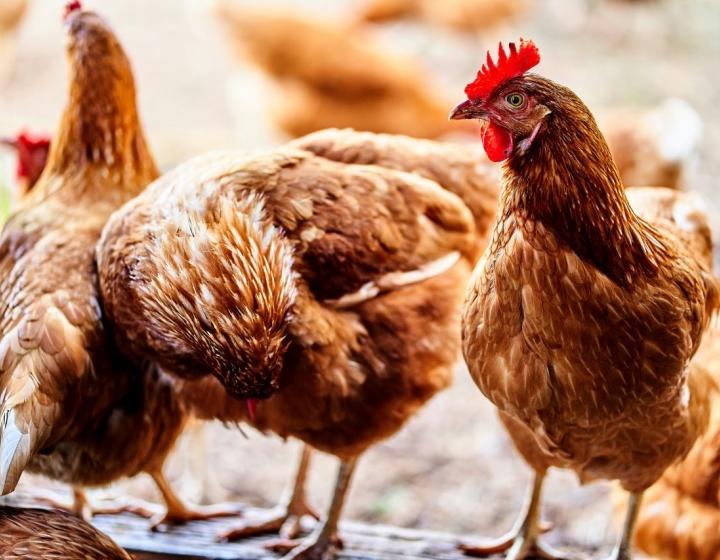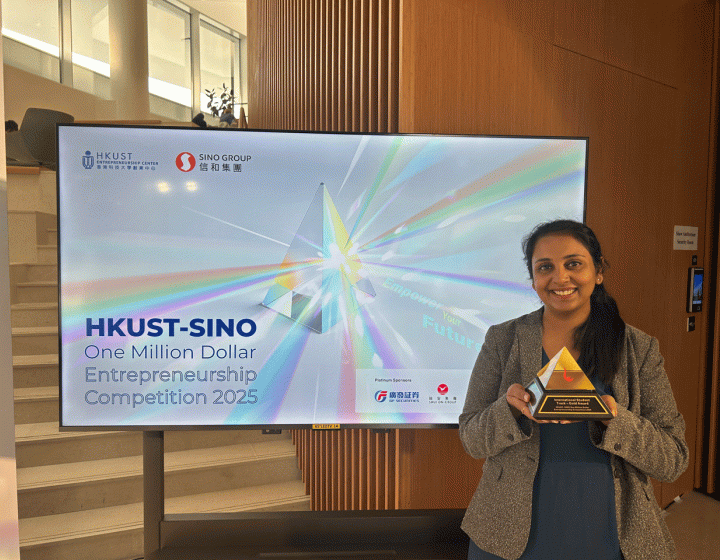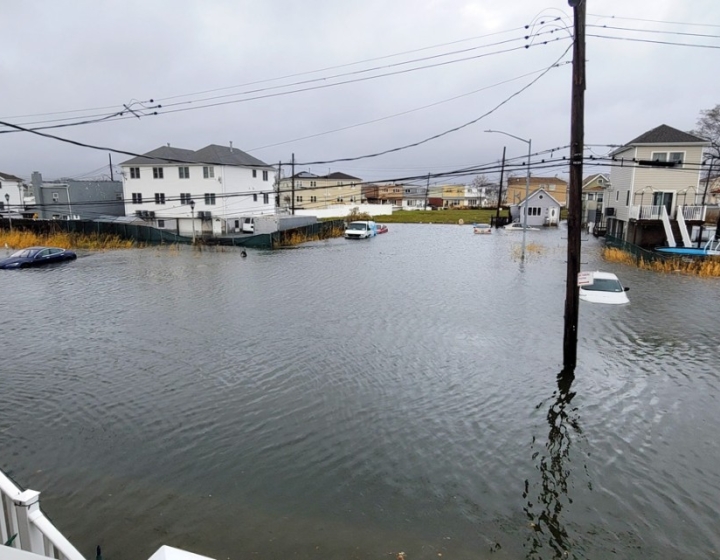Conserving Biodiversity

The Challenges We Face
The unsustainable behaviors of a growing human population, including habitat loss and fragmentation, over-consumption, and burning of fossil fuels leading to climate change, are contributing to a catastrophic loss of biodiversity. Complex systems of flora and fauna contribute essential ecosystem services that protect the wellbeing of the planet and are critical to support human health. For example, healthy bat populations control insects thereby protecting crops and reducing vector-borne diseases; forests, bogs, and healthy soils capture carbon; and oyster beds, wetlands, mangroves and reefs protect coastlines and our cities from increasingly severe weather events, while simultaneously providing food and livelihoods. Climate change also brings intensifying droughts, fires, and floods which threaten human health and our crops and livestock, leading people to rely even more heavily on forests, waterways, and wildlife to compensate. Yet the wildlife and plants on which we rely are also battered by those same events. As this one-two punch happens repeatedly, the diversity of our ecosystems diminishes and we lose the services they provide.
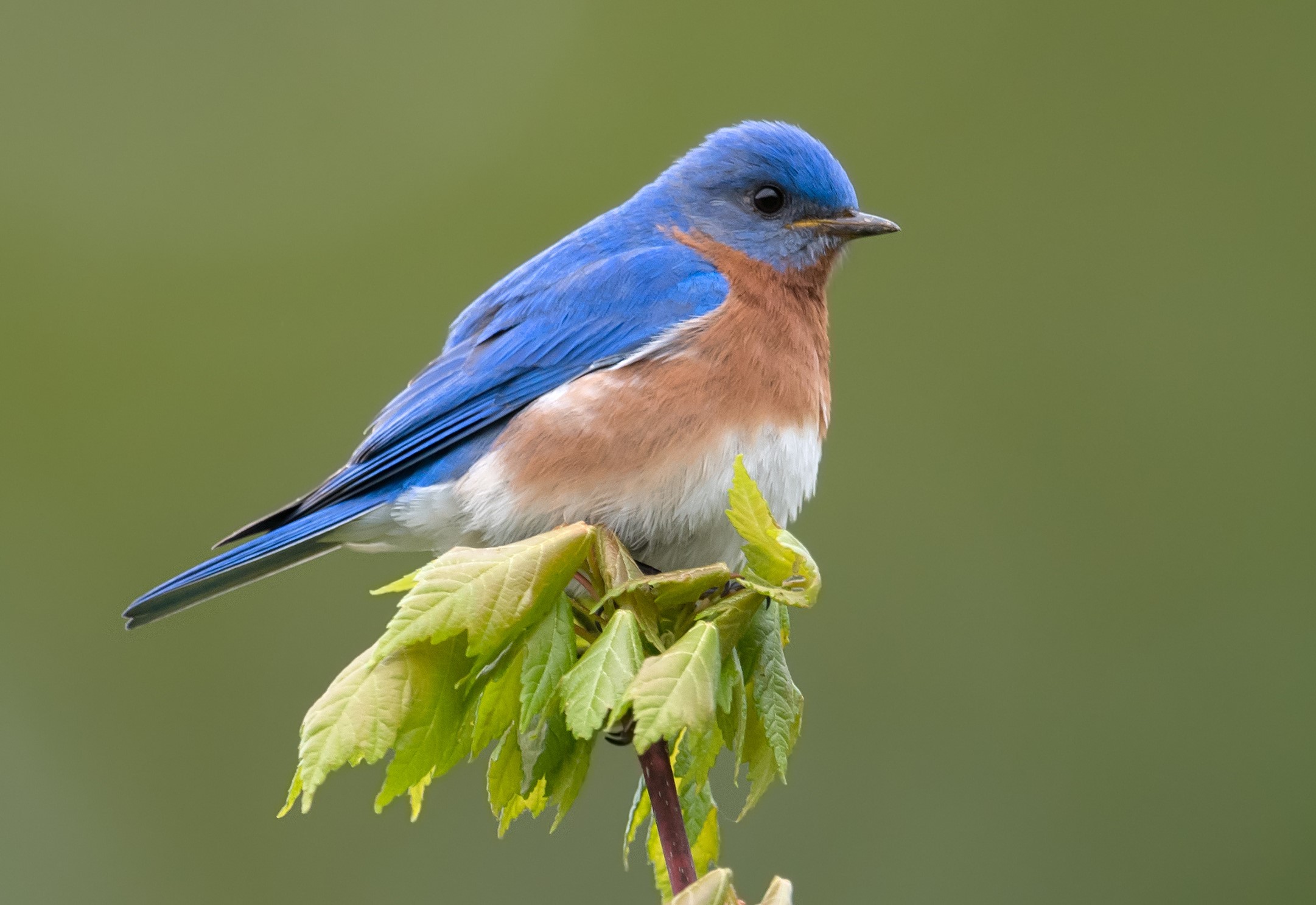 In both the United States and abroad, marginalized communities and regions typically rely the most heavily on natural resources, and they bear the brunt of the adverse consequences of biodiversity loss. These negative impacts are not restricted to extinction events; when populations fall below critical thresholds, the remaining individuals cannot “do their job” in the ecosystem, and the function of the entire system is challenged. As ecosystems lose their resilience, the people who rely on them the most lose their resilience as well. On a complementary note, in urban areas where people are separated from nature, it is increasingly recognized that exposure to wildlife and natural environments reduces stress and anxiety and promotes mental health. For all these and many more human-centric reasons, it is critical to conserve biodiversity. But beyond these self-serving reasons, conserving wildlife species and natural areas has intrinsic value. Loss of species and the ecosystems they comprise lessens what our world fundamentally is, now and for all future generations.
In both the United States and abroad, marginalized communities and regions typically rely the most heavily on natural resources, and they bear the brunt of the adverse consequences of biodiversity loss. These negative impacts are not restricted to extinction events; when populations fall below critical thresholds, the remaining individuals cannot “do their job” in the ecosystem, and the function of the entire system is challenged. As ecosystems lose their resilience, the people who rely on them the most lose their resilience as well. On a complementary note, in urban areas where people are separated from nature, it is increasingly recognized that exposure to wildlife and natural environments reduces stress and anxiety and promotes mental health. For all these and many more human-centric reasons, it is critical to conserve biodiversity. But beyond these self-serving reasons, conserving wildlife species and natural areas has intrinsic value. Loss of species and the ecosystems they comprise lessens what our world fundamentally is, now and for all future generations.
What We Do
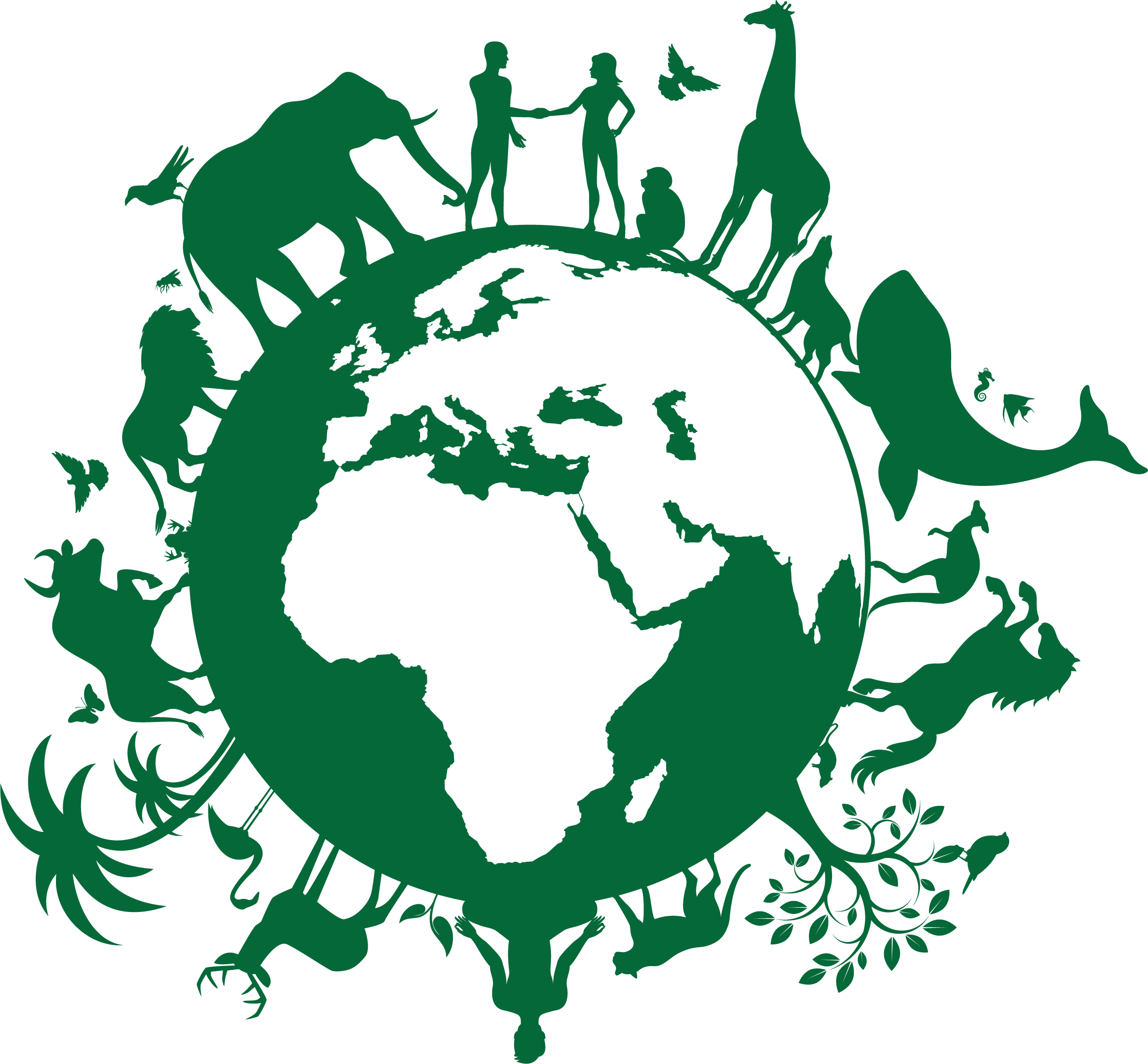
Our faculty conduct both the practice of public health and veterinary medicine, as well as basic and applied research in biological sciences (e.g., bioacoustics, diagnostics, disease ecology and surveillance, ecology, environmental sciences, epidemiology, genomics, infectious disease, reproduction), and social sciences (e.g., communication, ethnography, policy), to conserve biodiversity and the health of ecosystems upon which all life depends. We seek not only to understand the health of species and ecosystems and the nature of health relationships among them and humans, but we also strive for impact to reduce biodiversity loss, so that we can sustain human, animal and planetary health.
Faculty Projects: Conserving Biodiversity
Dr. Krysten Schuler discusses wildlife health in free-ranging animals in New York and across North America
Dr. Raina Plowright discusses how to prevent zoonotic spillover by restoring wildlife habitats
Dr. Katie Fiorella discusses harmful algal blooms and their impact on small scale fisheries in Kenya



